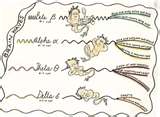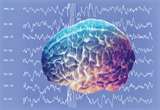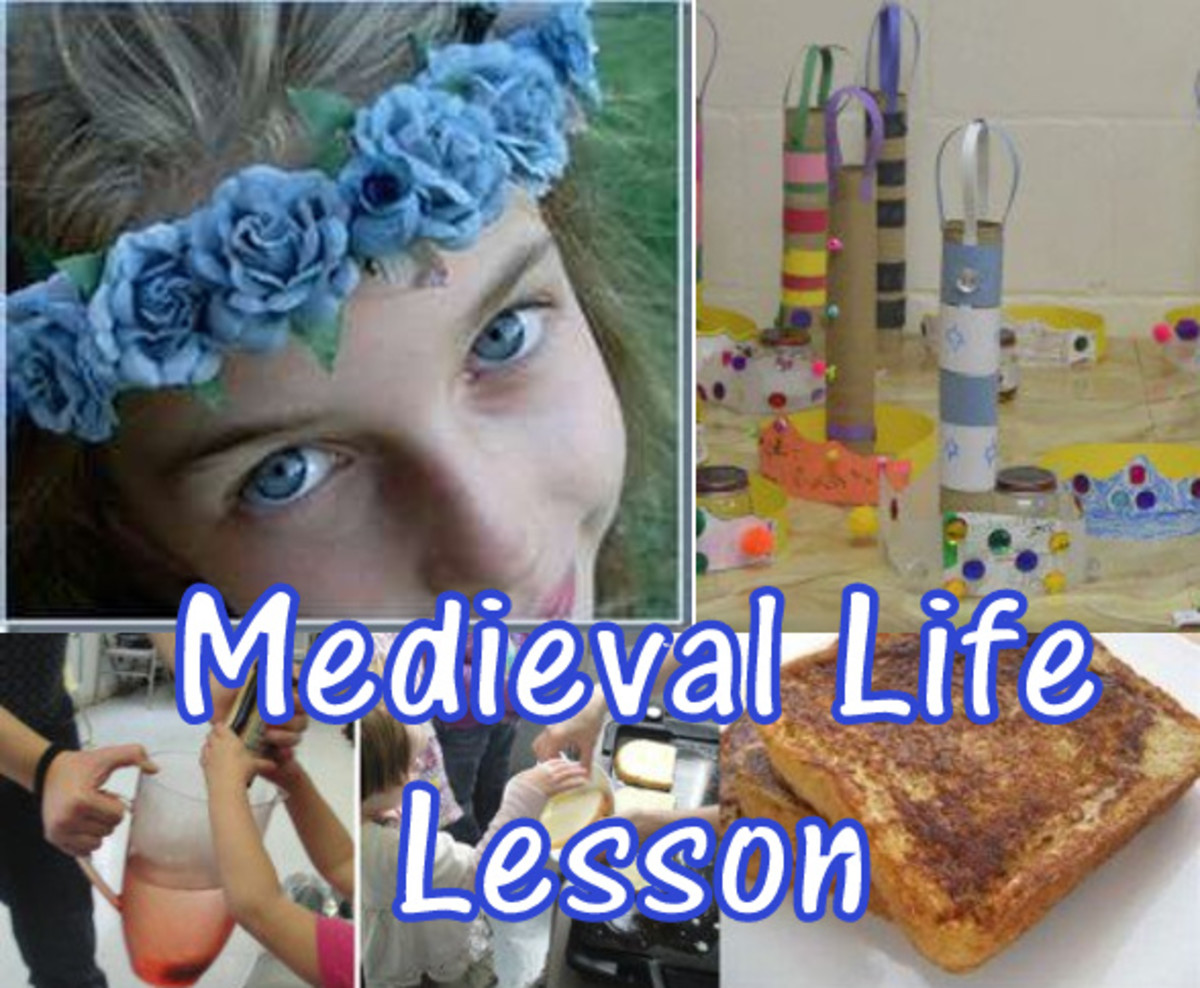Attention and Survival Value

Do you ever wonder why you are completely exhausted after sitting in a classroom all day? Why you feel like every ounce of energy you have is gone, when in fact you have done no physical activity? A realistic reason for this exhaustion may be simply you are worn out from paying attention.
Jensen (2008) tells us that for strong attention we must orient, engage and and maintain each appropriate neural network while excluding or suppressing distractors.
When you think of the school environment there are countless distractors for our students. Making friends, classes, sports, clubs, gossip, trying to fit in, family issues, whats for lunch and so on make it amazing that any attention is left for the classroom. In addition, our body is predisposed to reserve our highest level of attention to life and death situations, situations we are happy don't occur in school.
Finding ways to make what we teach interesting and relevant to our students will result in them focusing more of their attention to our lessons.



Making Meaning
We can provide students lessons to teach them new things, we can't make those things important or relevant to them. They need to have time to process what has been introduced to them, and then determine how this information makes a difference in their life. Providing students with down time to do this is an important step in the learning process.
Activities such as walking, journaling, lunch, recess, doodling, and such allow students' brains to figure out how to use the information you provided without the student sabotaging the process by over thinking. As we discussed before, a lot going on during non-conscious states.

Attention Shifts
How often and how long does it take for students to absorb the new information you gave them? It depends. It depends on what background information they maybe already have on the subject and how easily they can grasp the concept. For some students it can be a short amount of time, for others it make taken longer.
The next time a student appears to be daydreaming, take a minute to think back to the information you have delivered to them. Are they simply taking time, either consciously or subconsciously to connect it with stored information in their brains.


Optimal State for Learning
Think back to something you learned to do. When you first started, it was probably a struggle to keep at it, you had to somewhat force yourself to concentrate on it, learn it, practice it. Somewhere, sometime this changed. As you became more familiar, more confident and better at the skill you started to enjoy it and before long could spend hours doing it without even realizing it.
Learning new things for students is the same way. When they can find a way to master a skill, they will be more likely to spend more time on it. However, if something continues to be a struggle for them, as so many academics are for some students, being forced to pay continued and prolonged attention can be exhausting.
Matching Challenge and Mastery
Teachers face the difficult challenge of trying to find curriculum that provides enough of a challenge while not reaching the level of frustration for their students. Students want to be challenged, if they aren't they will be bored, however they want to be able to ultimately be successful, if they aren't they will be defeated.


What Brain Waves Can Tell Us
As teachers we want to learn how to recognize the different states of learning and ultimately learn how to help our students recognize this for themselves. Once you can identify the different states you can identify activities and styles that work best for each. Knowing which state our students are in, and finding activities that can help them absorb, store and retain the information we hope to deliver to them.
Ask any teacher and obtaining, and keeping student attention is one of the hardest tasks they deal with day in and day out. Learning how to how to optimize attention when we do have it, will allow us to maximize learning opportunities we can provide to our students.








